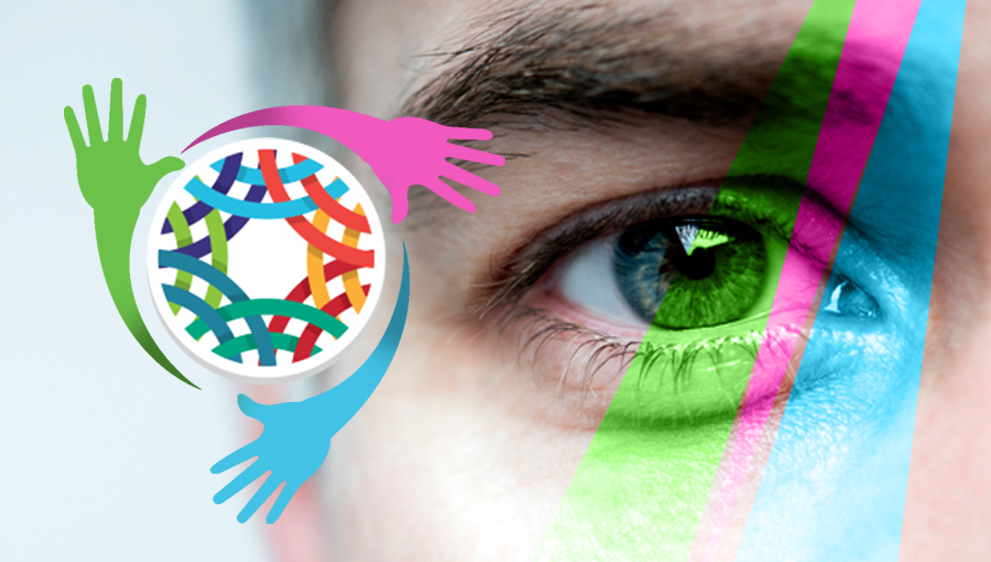Sanfilippo Syndrome and Vision

Sanfilippo syndrome can cause a number of symptoms, including speech and developmental delays, behavioral issues, and impaired hearing and vision. Here is information about how the disorder can cause vision problems in patients.
How does vision work?
Vision is a complex sense. It involves light entering the eye, which converts it to nerve signals that the brain can interpret.
Light first enters the eye through the cornea, the clear membrane at the front of the eye, and then passes through the hole in the eye called the pupil (the black spot in the center of the eye). The iris (colored part of the eye around the pupil) can grow or shrink to adjust the size of the pupil and thereby control the amount of light that enters the eye.
Once light passes through the pupil, it reaches the lens, which focuses it onto the back of the eye called the retina. When the light reaches the retina, it activates special nerve cells called photoreceptors. Photoreceptors convert the light into electrical signals that pass through the optic nerve. The signals travel to the occipital lobe of the brain at the back of the head where they are interpreted as images.
What vision problems can Sanfilippo syndrome cause?
Retinopathy (damage to the retina) is the most common vision problem in patients with Sanfilippo syndrome. Retinopathy may also cause changes to the color of the retina (retinitis pigmentosa). This can lead to problems such as nyctalopia (night blindness) and overall decreased vision.
More rarely, patients with Sanfilippo syndrome may experience glaucoma (high pressure inside the eye that causes damage), cloudiness of the cornea, damage to the optic nerve, or swelling of the optic disc (where the optic nerve attaches to the retina).
How does Sanfilippo cause vision problems?
Sanfilippo syndrome is the result of the buildup of heparan sulfate in the body. Heparan sulfate accumulation in the eye, particularly in the pigment cells of the retina and the area around the photoreceptors, can lead to cell death. A study in mice found that increased cell death may be due to the heparan sulfate impairing the cells’ abilities to undergo autophagy (clearing out of dead and damaged cells).
Death of the pigment cells and photoreceptors can result in dark spots in the retina and a loss of vision. One type of photoreceptor called rods, which play a role in low-light vision, are often lost first and this contributes to the night blindness in patients.
How do doctors diagnose vision problems?
Doctors can visually inspect the retina to look for signs of damage, as well as cloudiness of the cornea.
Retinopathy can also be diagnosed by an electroretinogram (ERG), which enables doctors to look for changes in the electrical activity of the eyes. In an ERG, the doctor places electrodes on the surface of the eye and flashes a bright light. This produces a characteristic electrical recording, which can be analyzed for any changes. Since most children will not tolerate having the electrodes on their eyes, they may need anesthesia.
There are currently no approved treatments for Sanfilippo syndrome and only limited treatments available for retinopathy. Therefore, invasive testing may be unnecessary, especially for patients with severe cognitive delays. Parents should consult with their doctor about the risks and benefits of any procedures.
Last updated: Dec. 22, 2020
***
Sanfilippo Syndrome News is strictly a news and information website about the disease. It does not provide medical advice, diagnosis, or treatment. This content is not intended to be a substitute for professional medical advice, diagnosis, or treatment. Always seek the advice of your physician or other qualified health provider with any questions you may have regarding a medical condition. Never disregard professional medical advice or delay in seeking it because of something you have read on this website.






